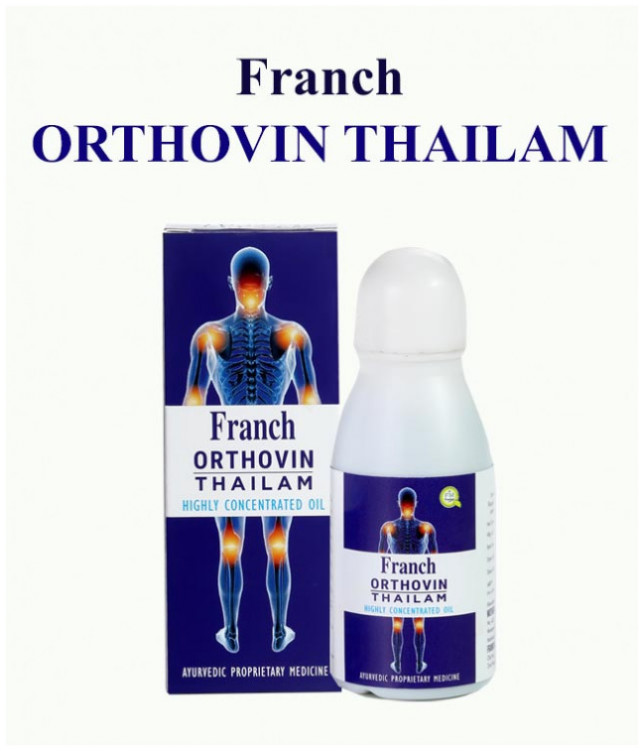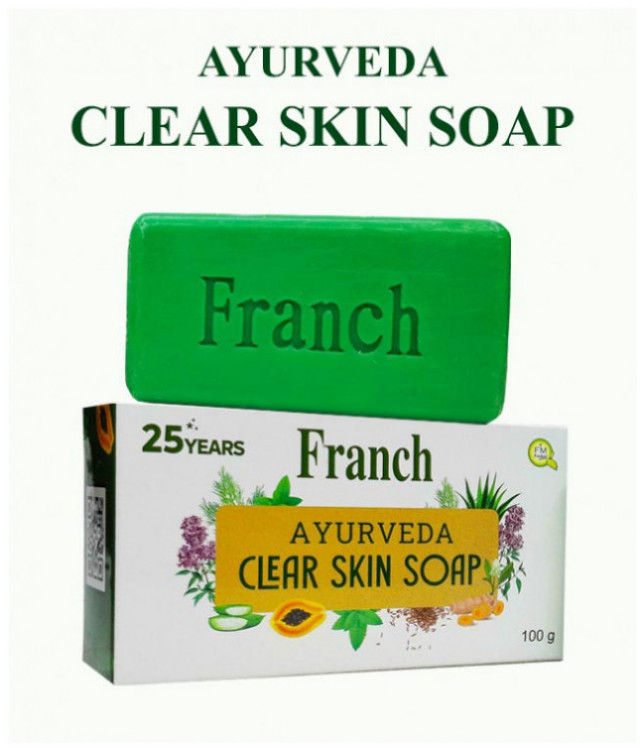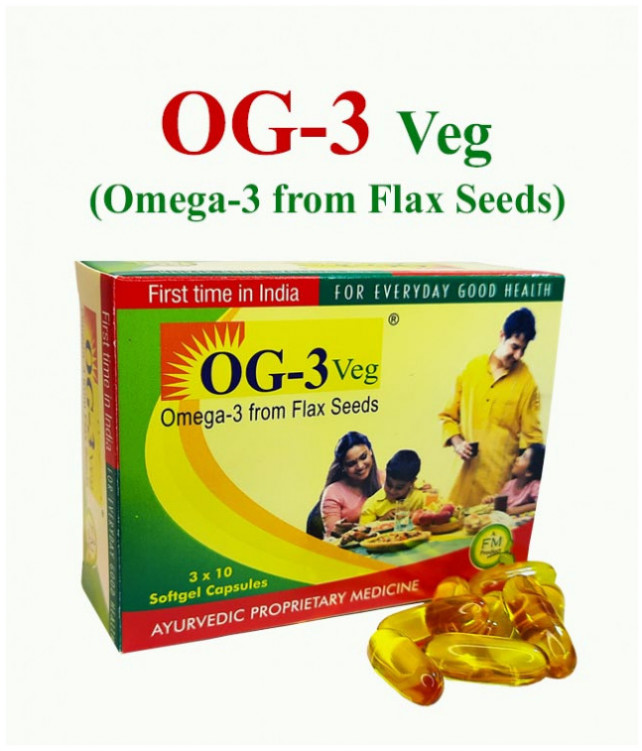- Address: Old No. 17, New No. 61, Ormes Road,
2nd Floor, Kilpauk,
Chennai – 600 010 - Email: contact@franchglobal.com
- Phone: +91 9841854321

Compare Ayurvedic and allopathic joint pain products. Discover which pain relief product supports long-term healing and what to look for in the best joint pain products in India.
Which Joint Pain Product Actually Works? Ayurvedic vs. Allopathic Breakdown
Joint pain doesn’t just affect the elderly anymore. From young office workers and athletes to middle-aged homemakers, stiffness, swelling, and reduced mobility are becoming everyday concerns. As this issue becomes more common, so does the flood of products claiming to be the best joint pain products in India.
But the big question remains: Which type of joint pain product actually works—Ayurvedic or allopathic?
Let’s break it down clearly, comparing the two approaches so you can make a more informed decision.
Understanding the Two Worlds: Ayurvedic vs. Allopathic Pain Relief Products
Ayurvedic Joint Pain Oil
In Ayurveda, the body’s well-being is linked to the equilibrium of three biological energies—Vata, Pitta, and Kapha.Joint pain is often linked to Vata imbalance, leading to dryness, stiffness, and inflammation. Ayurvedic joint pain oils work by:
Nourishing tissues
Improving circulation
Lubricating joints
Reducing inflammation from within.
These oils typically contain herbs like
Ashwagandha— known for muscle strengthening
Nirgundi — anti-inflammatory and pain-relieving
Mahanarayan oil base —traditional Vata pacifier
Turmeric, camphor, eucalyptus —support circulation and detox
Their action is slow but deep, natural, and long-lasting.
Allopathic Pain Relief Products
Allopathic, or pharmaceutical pain oils are designed for quick relief. They use synthetic compounds like:
Diclofenac
Methyl salicylate
Menthol or camphor
These ingredients work by:
Blocking pain signals
Reducing local inflammation temporarily
Creating a hot or cold sensation to distract the pain
While effective for immediate pain, they often:
Don’t treat the root cause
Can’t be used long-term due to potential side effects
Cause skin irritation in some cases
Which Is Better for Long-Term Joint Health?
If you’re looking for sustainable relief that supports your joint health, improves mobility, and reduces pain naturally, Ayurvedic joint pain oil is the better choice.
What to Look for in a Good Ayurvedic Oil
Not all Ayurvedic oils are created equal. When choosing one, consider the following:
Cold-pressed preparation: Preserves the potency of herbs
Multi-herb blend: More comprehensive relief
Deep penetration: Reaches joints and tissues, not just skin
Clinically supported: Tested or documented for efficacy
Safe for daily use: No synthetic preservatives, fragrances, or additives
Real-World Use Cases
1. Seniors with Arthritis:
Need regular oil application to manage joint degeneration. Ayurvedic oils help lubricate joints and slow cartilage wear.
2. Desk Workers:
Daily wrist, neck, or lower back pain caused by poor posture or repetitive strain responds well to oils that improve circulation and release muscle tension.
3. Athletes & Active Individuals:
Post-workout soreness, joint stiffness, or minor injuries can benefit from oils that offer natural anti-inflammatory effects without compromising long-term tissue health.
Notable Example: A Cold-Pressed Ayurvedic Formula in Practice
One example of how modern techniques can enhance Ayurvedic formulations is Franch Oil NH Plus. Rather than relying on synthetics, it applies German cold-pressed extraction to a traditional blend of herbs like ricinus root, krishna tulsi, kumari (aloe vera), almond oil, and flaxseed.
This method ensures that the medicinal compounds are preserved in their purest form, enabling the oil to penetrate deeply into joints and tissues. It’s also applied through both direct massage and navel absorption, a lesser-known Ayurvedic technique that promotes internal balance.
Used for joint stiffness, wrist and back pain, and muscle fatigue, it reflects how a well-crafted formula can deliver targeted relief while respecting Ayurvedic principles.
Still Wondering Which Is the Best Joint Pain Oil in India?
The “best” oil depends on what you need:
Quick relief for occasional pain? An allopathic balm might work temporarily.
A long-term, holistic solution that supports joint function and overall wellness? An Ayurvedic joint pain oil is the smarter route.
Always consult your doctor or Ayurvedic practitioner if you have pre-existing medical conditions or if you’re combining it with other treatments.
Suggested image: A visual comparison of Ayurvedic and allopathic ingredients.
The Takeaway
The pain may be modern, but the solution doesn't have to be synthetic. When it comes to managing long-term discomfort, inflammation, and stiffness, the body responds best to what’s natural, consistent, and restorative.
Ayurvedic joint pain oils offer a way to not only relieve symptoms but also to nourish joints, balance the body, and promote true healing.
If you're tired of chasing short-term relief and want a formula that respects both your pain and your health—start with nature. Start with Ayurveda.










